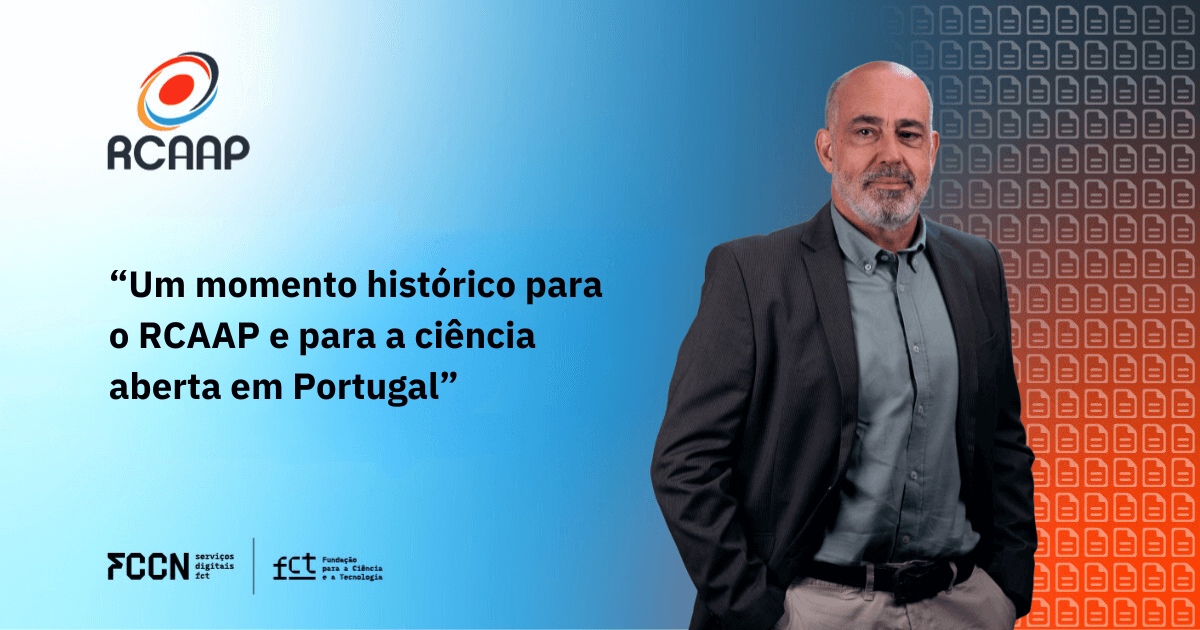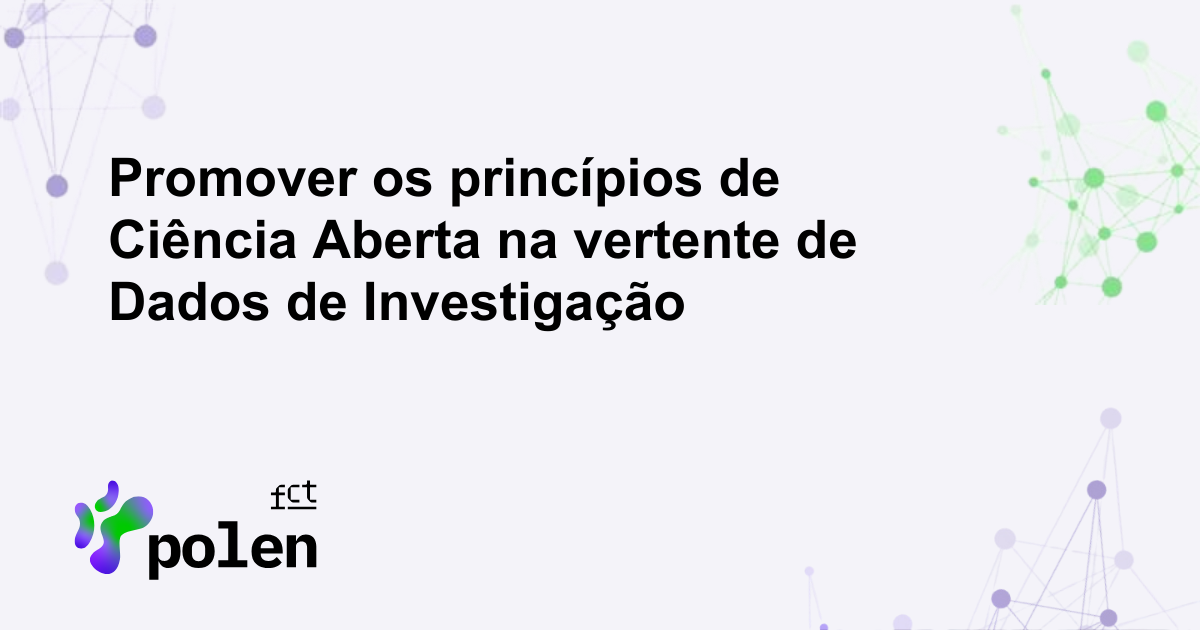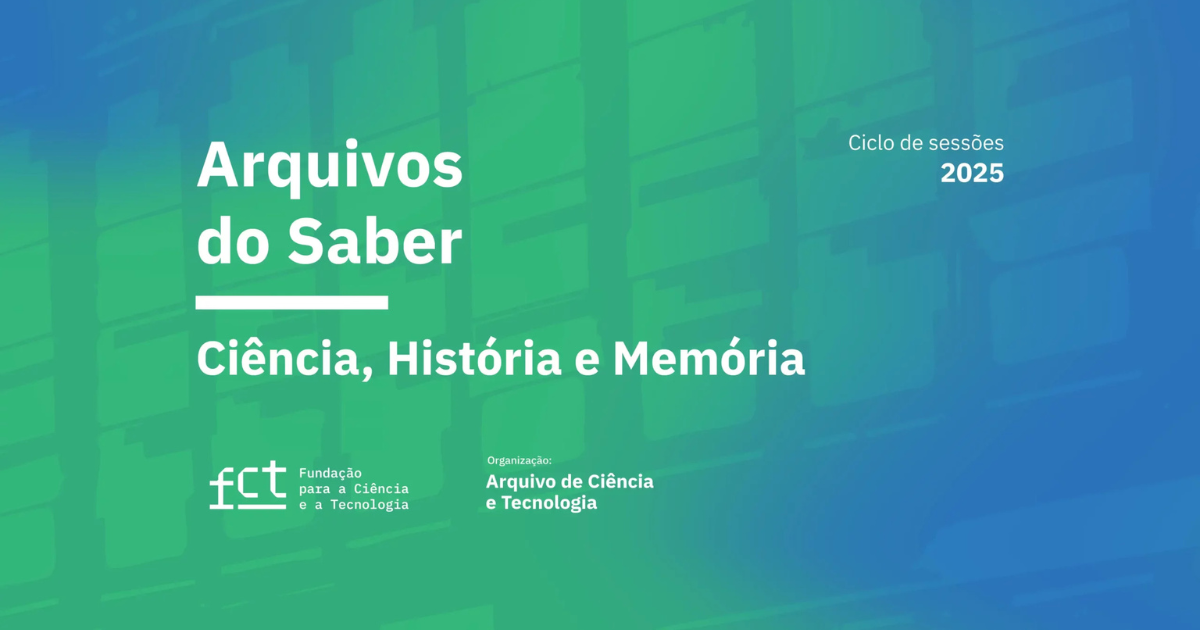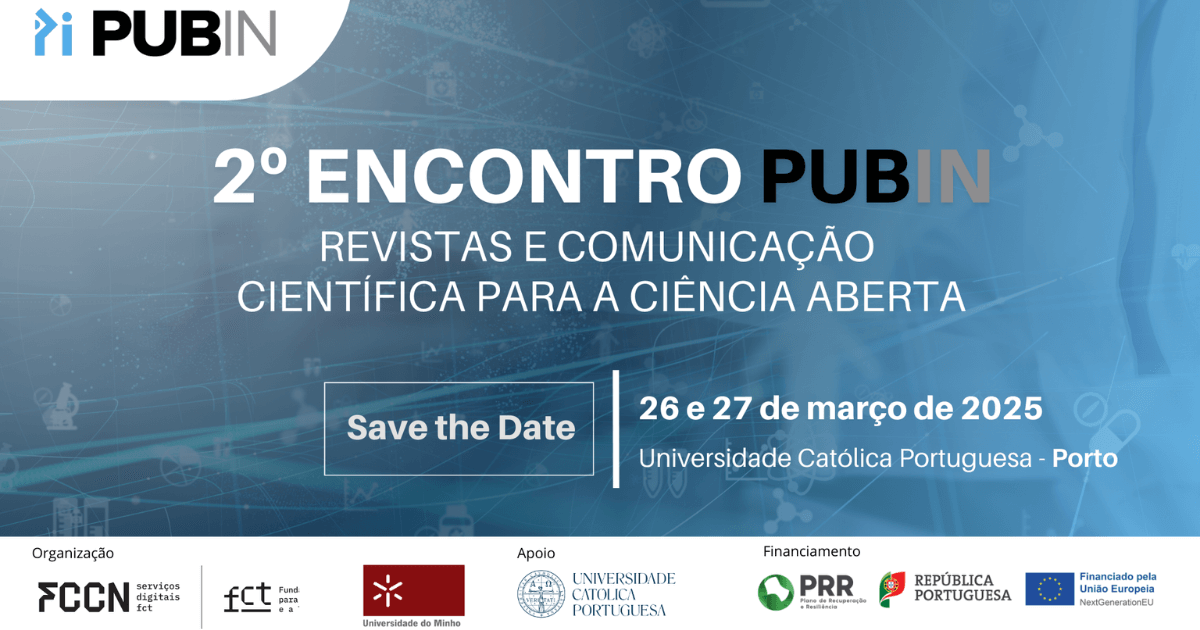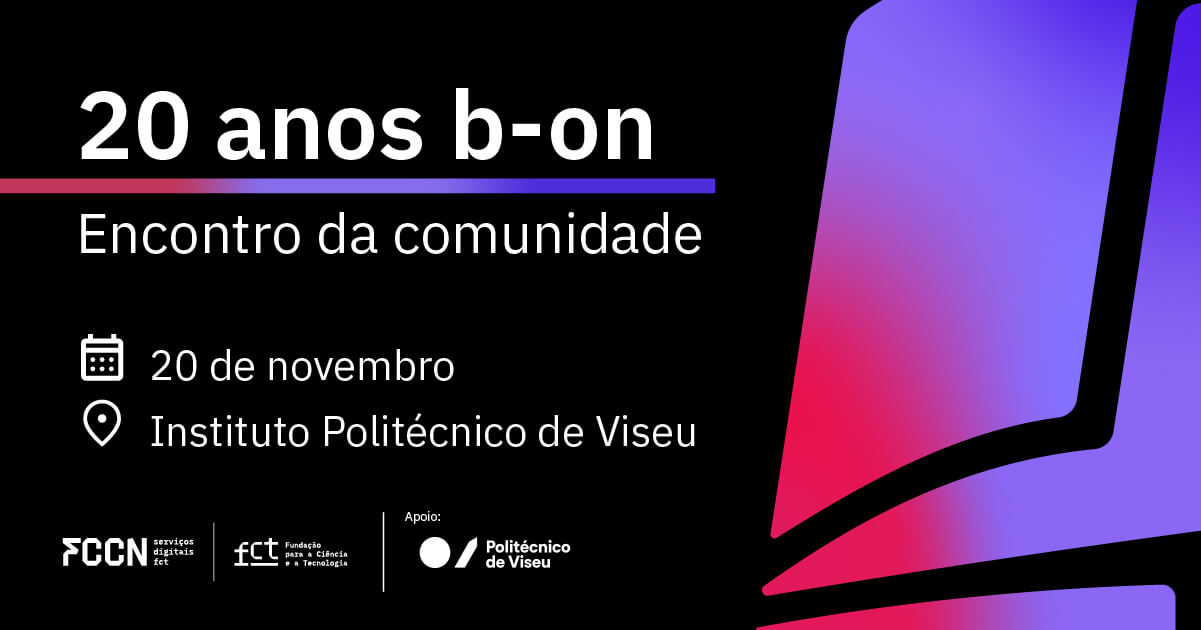Throughout 2022, b-on - the Unity service FCCN which guarantees unlimited access to scientific knowledge - has seen an increase in the number of downloads and in the statistics relating to open access publishing.
In March, 19 years passed since b-on - the Online Knowledge Library - went live. Over the last two decades, this Unity service FCCN has provided research and higher education institutions with unlimited and permanent access to the full texts of thousands of scientific journals and online ebooks from some of the most important content providers. This possibility is guaranteed through subscriptions negotiated at national level.
During 2022, b-on ensured this access to 64 institutions, which represent a total universe of 420 thousand potential users. Throughout the year, a total of 19.5 million downloads were made, a figure that represents an increase of 12.5% compared to the previous year.
On the other hand, 2022 was the first year of a new cycle of contracts signed by b-on for the supply of scientific content. In total, the contracts signed with 16 publishers and content providers ensured access to more than 90,000 titles, among journals, conference proceedings and e-books.
What about open access?
The implementation of open access principles and good practices has been one of the priorities for b-on. In this sense, 13 of the contracts negotiated by b-on for the triennium 2022-2024 offer a new possibility to authors from member institutions: the possibility of publishing their articles in open access in these publishers, under what are called transformative agreements.
In 2022, 2120 open access articles were published under these agreements, with the vast majority (94%) being published in hybrid journals at no charge to the authors. The remaining publications were in open access journals whose publication fees include discounts negotiated by b-on.
Also noteworthy is the fact that 96% of the articles published under these conditions were produced by authors affiliated with higher education institutions. Among the remainder, 3% were published by authors affiliated with Research & Development institutions and 1% affiliated with hospital institutions.
To learn more about b-on, visit: https://www.b-on.pt

